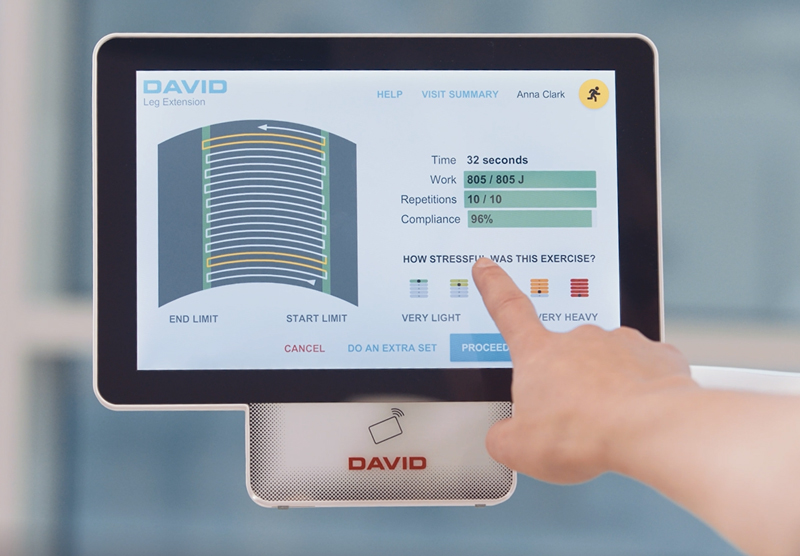Research - Validation Studies
Impaired Lumbar Movement Perception in Association With Postural Stability and Motor- and Somatosensory-Evoked Potentials in Lumbar Spinal Stenosis
Year: 2002 Country: Finland Study Population: 26 lumbar spinal stenosis patients
Leinonen V, Määttä S, Taimela S, Herno A, Kankaanpää M, Partanen J et al. Impaired Lumbar Movement Perception in Association With Postural Stability and Motor- and Somatosensory-Evoked Potentials in Lumbar Spinal Stenosis. Spine 2002;27(9):975-983.
Objective
To evaluate the ability to sense a change in lumbar position and to assess the associations between lumbar movement perception, postural stability, and motor and sensory conduction in patients with lumbar spinal stenosis.
Methods
Lumbar proprioception was assessed using lumbar/thoracic rotation device in the seated position. The abilities to indicate the movement direction and the movement magnitude were used as indexes of the ability to sense the lumbar rotatory movement. The postural stability was measured with a vertical force platform. The motor-evoked potentials (MEPs) were elicited by transcranial and lumbar stimulation and recorded from anterior tibialis muscles. The somatosensory-evoked potentials (SEPs) were elicited by transcutaneous electrical stimulation of the tibial nerve at the ankle.
Outcome
Twenty patients (76.9%, p=0.006) reported the wrong movement direction. In addition, the patients consistently localized the movement sensation in their shoulders instead of the lumbar region. The altered MEPs and SEPs were observed in 11 and 16 patients, respectively. Abnormal MEPs had inconsistent associations with impaired movement perception and postural stability and abnormal SEPs had no associations with other findings.
To conclude, the loss of lumbar movement perception is a frequent feature in patients with lumbar spinal stenosis seeming to result of a peripheral sensory loss. Abnormal MEPs and SEPs are frequent in LSS but do not necessarily occur in the same patients.
